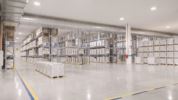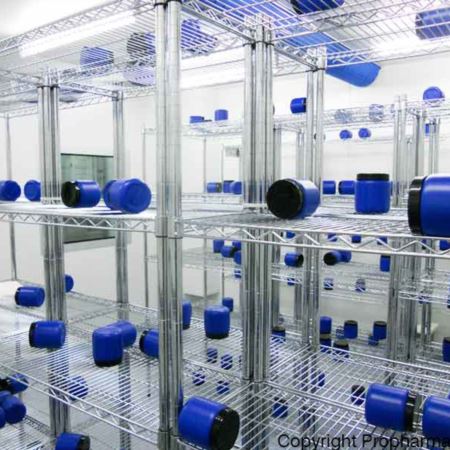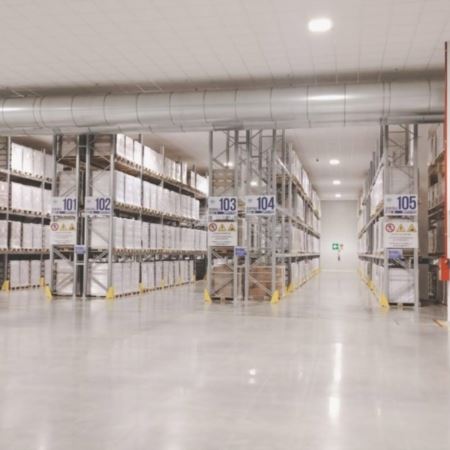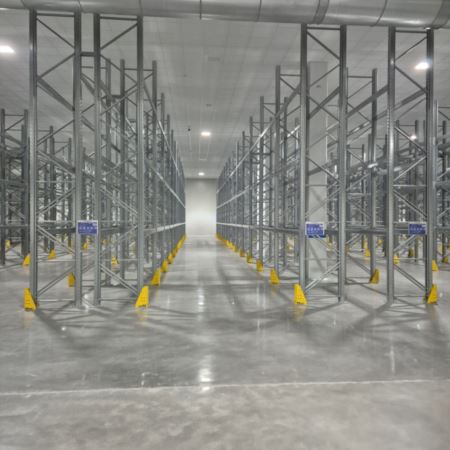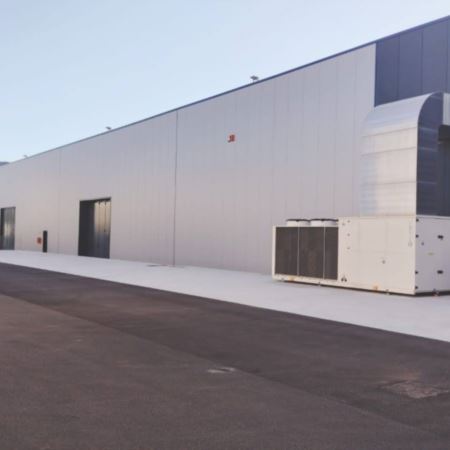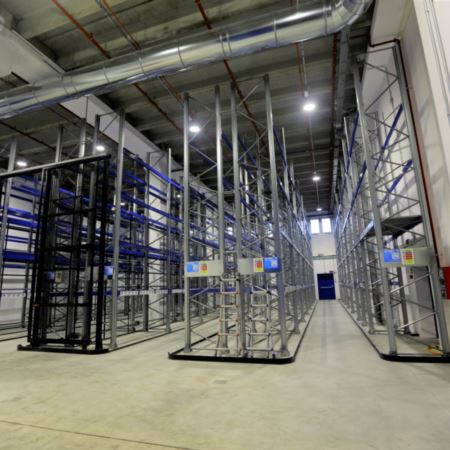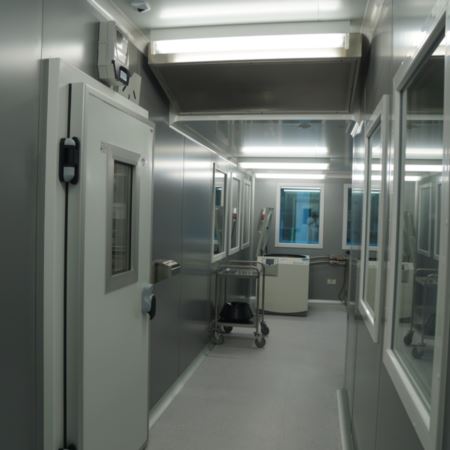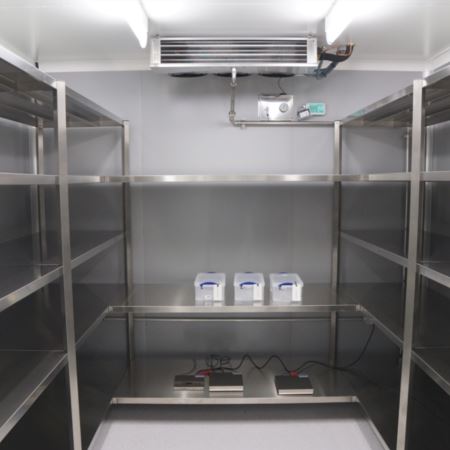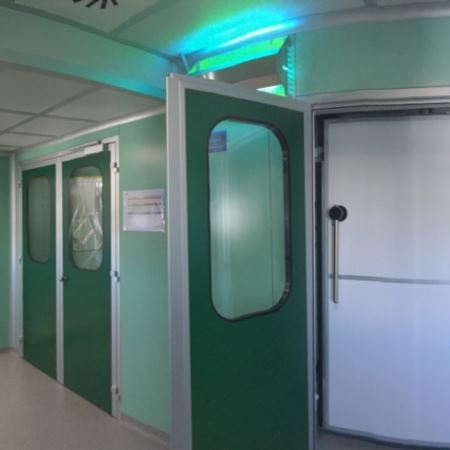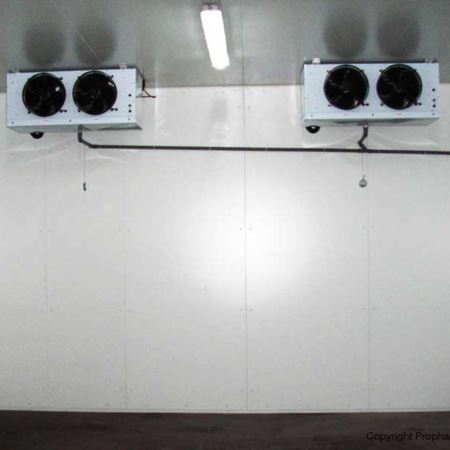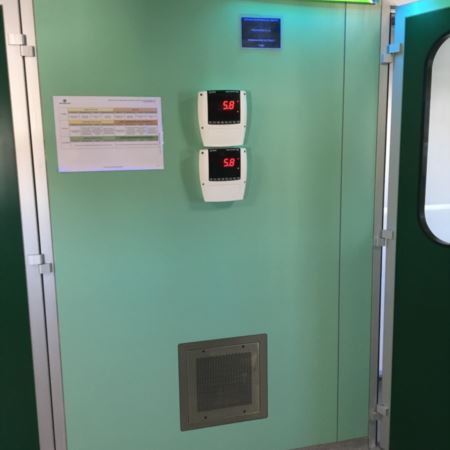Cold rooms and refrigeration cells are rooms built to maintain specific controlled temperature conditions through refrigeration systems and insulation technologies.
They are used to store products, materials, and substances that require low temperatures across various industrial sectors, particularly in the food and pharmaceutical industries.
Depending on the temperature range and function, several types of cold rooms can be classified:
- Storage cold rooms, or positive temperature rooms, are designed to maintain products at temperatures between 0 and 10 °C. These rooms are mainly used for storing fresh food, beverages, and medicines.
- Freezing cold rooms, or negative temperature rooms, are used to store frozen products at temperatures ranging from 0 to -28 °C. These systems typically feature more efficient insulation and fewer daily door openings. They are ideal for storing frozen food, vaccines, and organic materials.
To design a cold room or refrigeration cell, several elements are required: first and foremost, the refrigeration system, with its various components (evaporator, expansion valve, condenser, and compressor), which must also meet parameters for energy efficiency and reliability; insulation using panels for all internal surfaces—floor, ceiling, and walls—and the selection of special doors that prevent heat dispersion while ensuring safety and ease of use; the installation of thermostats and temperature sensors; fans and extractors that ensure a uniform temperature through the distribution of cold air throughout the room; humidification and dehumidification systems, which are necessary in environments where humidity must also meet controlled conditions; internal furnishings (such as shelves or compartments) must optimize storage space; and lighting, which must ensure visibility without contributing to an increase in temperature.
Propharmabi can design, build, and/or install all of these components for your cold room, offering a customized solution tailored to your specific needs.
